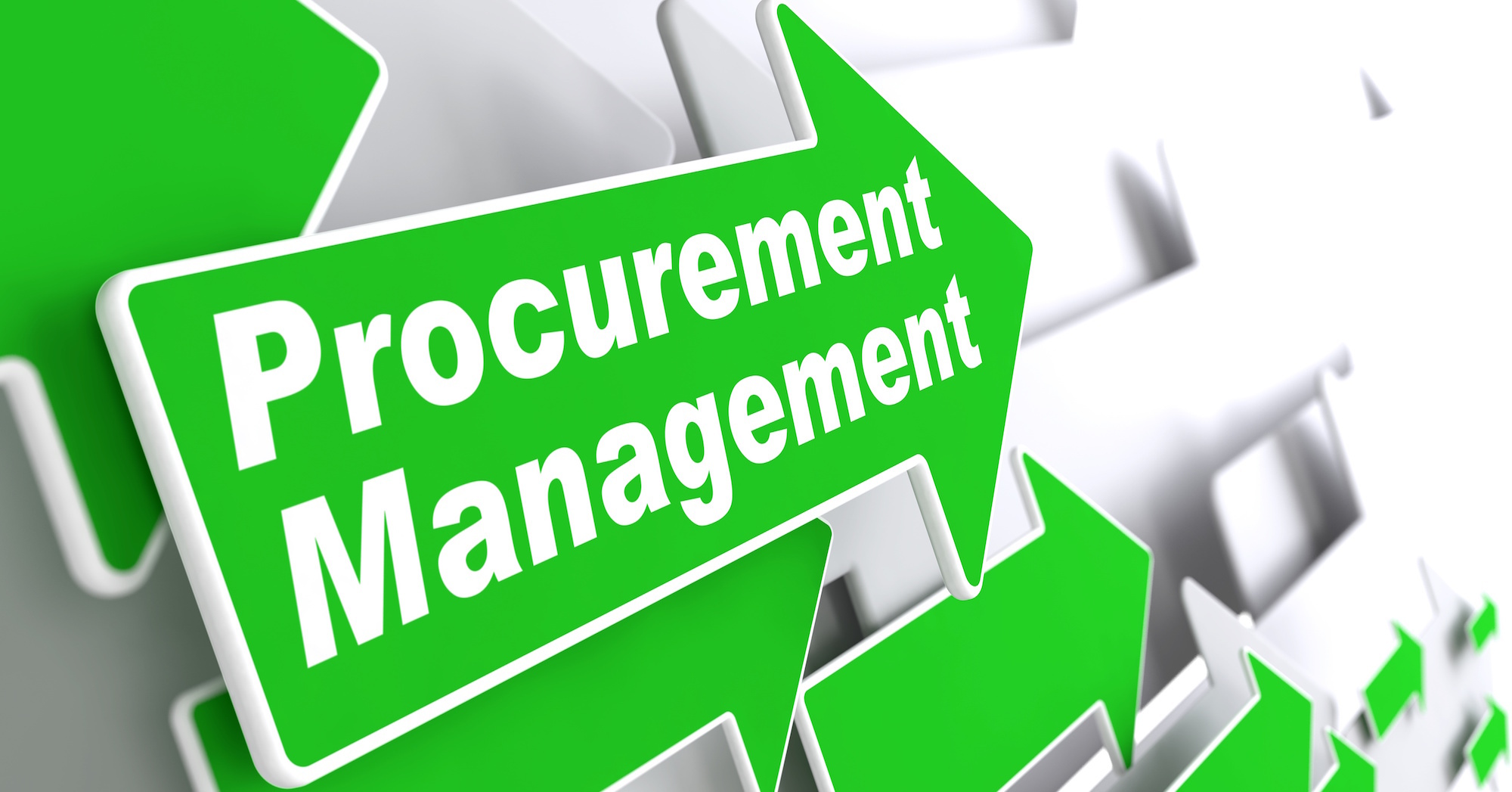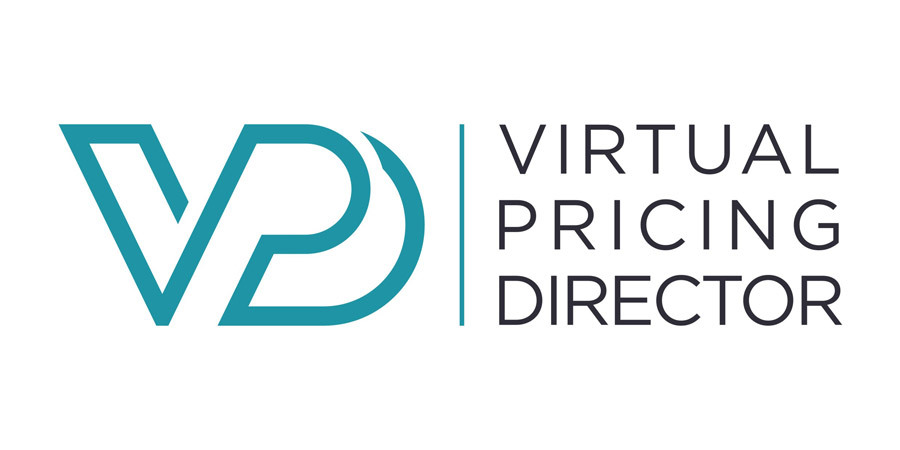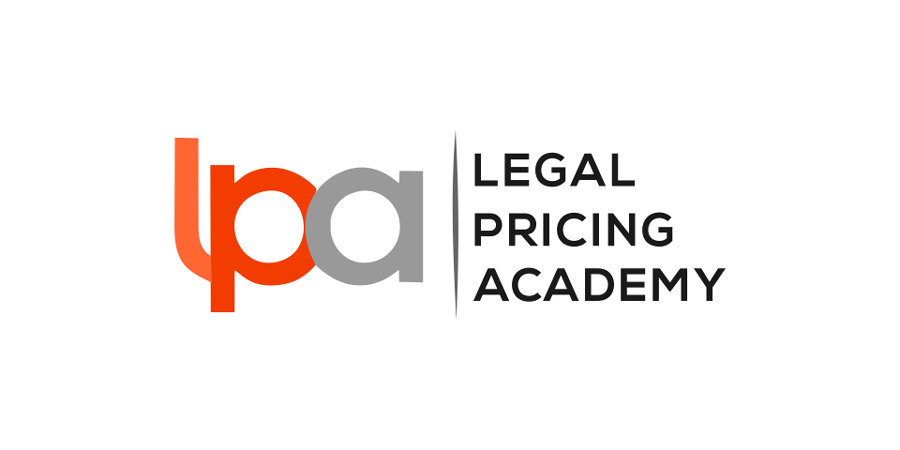Tendering for legal work is more common than ever for small to medium-sized law firms. Steph Hogg explains how to handle the bidding process.

Bidding: How to maximise your chances of success
Tendering is tough. It’s expensive. It’s time consuming. Everyone involved has an (often different) view on what great service looks like and how much that’s worth. Let’s face it, it’s a downright painful process. And that’s just the client’s perspective.
Large law firms will, of course, be used to the rigours of tendering. Large corporates have had sophisticated (in varying degrees) procurement functions managing their legal expenditure for many years, and the legal firms which advise them tend to have well resourced, equally sophisticated bid and business development teams to work with them.
But the increasing commoditisation of the legal services sector means smaller firms that may have previously tendered for work once or twice a year are now faced with frequent competitive tendering, and come up against professional procurement teams that know exactly what they want – and how much they’re prepared to pay.
As an ex-corporate procurement professional now advising law firms, I have been surprised this year by the speed and extent to which competitive tendering is filtering down to medium-sized firms, which often don’t have the experience or resources to respond to the challenge. One medium-sized firm I know of submitted 12 significant tender responses in 2016, having done only two competitive pitches in 2015!
Below, I outline the steps law firms can take to give themselves the best possible chance of success in their bids for work.
- Should you bid?
Given the cost and effort involved in tendering, this is the question that every legal firm needs to answer at the outset of a process. But just how should you decide? Successful tendering centres around two fundamental questions:
- Do we really want this work?
- Can we win it with a decent margin?
Practically, to answer these two questions, I advise firms to begin with a standard triage process that establishes whether an opportunity is worth pursuing.
The process should involve questions such as the following:
- Do we have the capability to do this work?
- Why have we been asked to bid?
- Do we have an existing relationship with the client and is it something we want to maintain / grow?
- How profitable is this client?
- How easy is the client to work with?
- If we don’t have an existing relationship, why are we being asked to tender?
- Would working for this client enhance our ability to win other attractive work?
- Is this tender for a sector where we want to grow our presence?
- Can we carry out this work with our existing teams in the timescales required (or grow quickly to accommodate it)?
The (honest) answers to these questions should inform whether you decide to bid for a particular panel / matter – if they’re not overwhelmingly positive, then I’d advise a firm to politely decline the offer to participate and concentrate efforts elsewhere.
2. Do the legwork
If you decide that there are enough positives to make responding worth the time and effort involved, you now need to get all the information together to draft your tender response.
It is important to involve all of the stakeholders whose input is required to put together the response. However, pulling together often disparate inputs to form a coherent tender response can be challenging. Some medium-sized law firms have bid or business development teams with standard tender response processes, but many don’t; if that's you, then your marketing / business development team will probably be the de facto leads on a project like this.
The first step is to hold a tender workshop with all the relevant stakeholders.
Tender documents invariably have reference to the client’s core values, strategy and objectives in running the tender, and usually outline some critical success factors, or evaluation criteria, against which the responses will be assessed.
At the workshop, identify key themes that link to a client’s values and strategy (such as innovation, cost management, quality and value-add). With reference to each of these, discuss what you think ‘wow’ would look like for each question, and then identify what it is about your services that is unique and should therefore be mentioned to gain the best possible score in response to each question.
But what if no critical success factors are stated in the document?
The Buying Legal Council is the trade organisation for professionals tasked with the sourcing of legal services and supplier management. In January 2016, the council published a report based on interviews with 92 legal procurement and legal operations professionals, aimed at identifying what legal procurement teams are looking for. The top five factors identified were:
- experience with similar matters
- industry experience
- service excellence
- familiarity with the organisation
- value for money
If the tender documents provided don't include critical success factors, this list should help you to focus your tender response.
The output from the session should be a plan and an outline tender response, detailing the points to be covered in each section, and who is responsible for drafting them. Your firm's marketing / business development team can manage the collation of the response, with everyone clear on what they’re drafting, by when, and the key themes to be brought out in each part.
3. Price carefully
Pricing is a key comparator in any tender response. In responding to a pitch, make sure any pricing is competitive based on what you know about the sector and marketplace, and also that it's sustainable – what may constitute a good margin in year one of a deal may not be so attractive in year three.
In setting your pricing, offer client choice (such as hourly rates, fixed fees, alternative fee arrangements), and be prepared to have to revisit your commercials – legal procurement professionals love nothing better than to negotiate.
When assessing the ‘value for money’ of a bid, procurement professionals will assess the comparative value-add between firms. According to the Buying Legal Council survey, preferred value-adds for legal procurement are:
- free hotline / access to experts for quick questions
- free or at-cost secondments
- outside counsel’s participation on internal calls
- conducting pre-matter planning sessions
- seminars and business-level training
A monetary value can be assigned to these value-adds within your proposal; make sure it’s realistic and based on the fees you’re proposing to the client, but don’t sell yourself short.
4. Polish and submit
In order to finalise your response, you may need to ask clarification questions, but remember to do so in the timeframe specified, and be aware that all participants will see the responses. Incorporate any additional information into your response.
Obviously, you must submit on time, in the requested format, and sticking strictly to any specified word counts / page limits. Make sure your document is well laid out, checked for grammar and spelling, and doesn’t contain any mention of previous clients if you’re re-using content from another bid (you’d be surprised how often it happens).
Once you've completed and submitted, keep in touch with the client team running the tender and check in at milestone dates to see if they have everything they need, and if things are still progressing as planned – but remember there’s a balance between keen and annoying.
5. Review and perfect
There are also a few general things you can do to make your tendering more successful.
Where possible, time getting to know a client’s procurement team will be time well spent. Understanding what’s important to them in terms of financial pressures, savings targets and value-add may make the difference between an acceptable and a winning bid.
Given the trend towards increased tendering, consider developing some standard content that can form a bid library of commonly asked questions and responses. Material such as industry expertise, team experience and the types of value-add you can offer lend themselves well to this, and will save you time in bidding for future opportunities.
Whether successful or not, hold a post-tender review with the client. This will help identify key areas where you can improve your response next time round, and highlight areas of particular excellence.
Having followed all of the above and won a coveted client, what should you be focusing on next? Client management is an art-form and deserves its own article. What’s attractive to one client may leave another feeling cold, but there are some basics that will give you the best chance of client retention next time they tender (you should be thinking about it even whilst the celebrations ensue…):
- Make the client’s happiness your priority by asking what they value most in managing a relationship and where their priorities lie, and deliver just that.
- Follow through with any promises made in your tender response – quickly and proactively.
- Don’t assume that the client will come to you with niggles (or thanks!) – seek feedback on how the relationship is developing and act on any issues or concerns immediately.
- Be easy to do business with – be available, and handle requests for management information and reporting with good humour and efficiency, even if you do question their merit (quietly…).
- Provide regular updates on your fees earned and value add – they should be commensurate - and your directness will highlight your commerciality, a key requirement of suppliers for procurement and finance functions.
- Keep procurement in the loop regarding relationship progress and key matters. They have an ongoing role in law firm management and will have a (shared) view on how easy you are to work with… Don’t be the difficult one…
Of course not all tenders and relationships are influenced by procurement functions, but the guidelines herein are relevant whomever is running the process. Legal teams and finance functions have clear objectives around service, quality, value add and cost, all of which will influence choice of firm.
And so my final question to you – are you ready to compete?!
A longer version of this article was first published in the January 2017 edition of Managing for Success, the magazine of the Law Society’s Law Management Section.
Senior Procurement, Bid & Pitch Consultant
M: 0044 (0)7772 761 154

